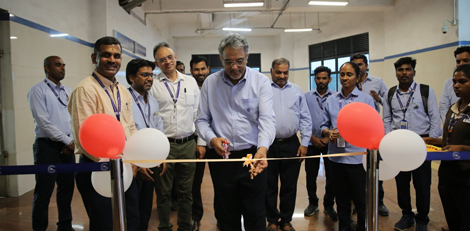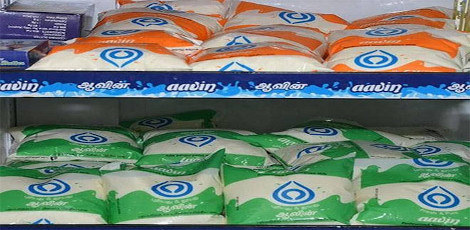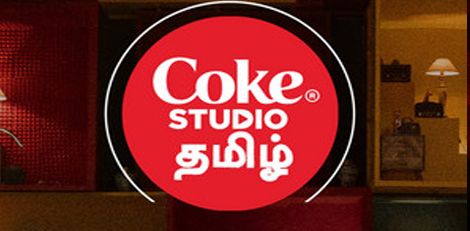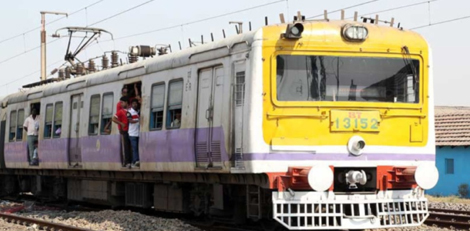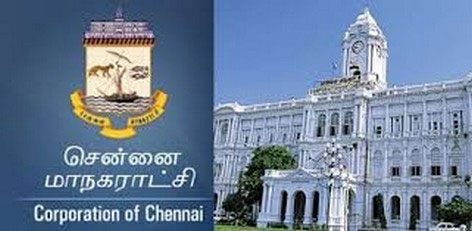Banks money on CRR mode
Posted on: 30/Nov/2016 10:53:18 AM
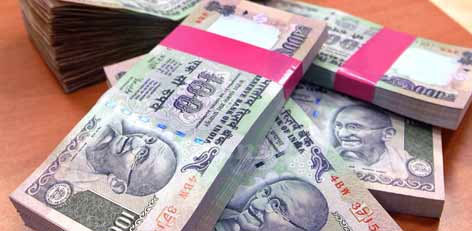
The Reserve Bank of India, RBI, has impounded Rs 3,20,000 crore from the banks through the cash reserve ratio, that is CRR where the banks don�t get any interest on this amount from the RBI, mode.
According to a senior executive at Care Ratings, Whilst the banks will have to park the entire Rs 3.24 lakh crore after CRR without earning any interest, they would be still paying a minimum of 4 per cent interest to deposit holders on the incremental deposits between September 16 and November 11, 2016. In addition, there is a fear of a penalty being imposed in case banks are not able to deposit the same with the RBI.
Experts say, RBI�s liquidity-absorbing CRR move was broadly expected. HSBC in a research report observed that the excess liquidity at banks can, over time, lead to risky investments. So far, the RBI had stuck to the reverse repo window for sucking out liquidity worth Rs 5,00,000 crore, but this route would have run out of fuel soon given the limited holdings of government bonds by the central bank. From RBI�s perspective, the temporary and incremental CRR increase is cheaper and more flexible than other options at its disposal. The lowering of bank lending rates over time, in our view, will depend on repo rate action.


